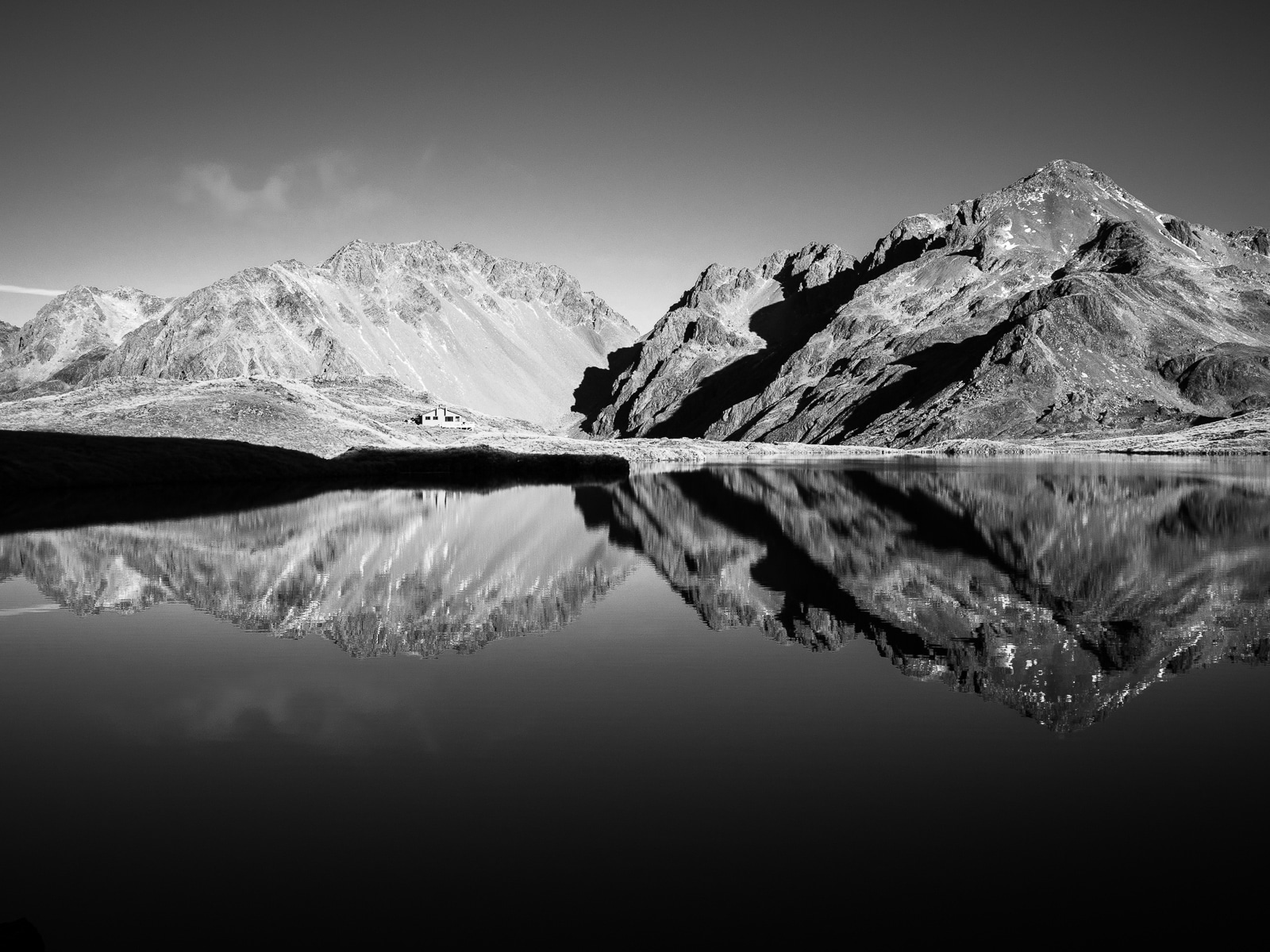Black and White Photography: Capturing Timeless Emotion
Black and white photography distinguishes itself in contemporary times because of its enduring and distinct way to convey visual expression. When color is removed the viewer can thoroughly connect to the core elements of the photograph including emotional impact and compositional structure and lighting characteristics together with textural components. “Black and White Photography: Capturing Timeless Emotion” demonstrates how monochrome images can permanently inspire feelings and share narratives while emphasizing the elegance of plain subjects.
Historical Significance
The foundation of black and white photographic practice extends through the complete photographic history which began with the invention of cameras. Before modern color film came into existence Ansel Adams, Dorothea Lange and Henri Cartier-Bresson photographed significant moments with only black and white tones. The photographers revealed with exclusivie use of light and shade that intense messages could be delivered.
Focus on Subject and Emotion
Black and white photographic techniques draw observer attention to the subject because monochrome reduces all distracting stimuli. When color fades away the human eye shifts its focus toward other visual features such as facial lines and lighting gradients and genuine expressions in eyes. The unobscured view photographers achieve enables them to reveal fundamental subjects or elements.
Emotional Depth and Nostalgia
Fantastic photography derives from emotion and black and white images deliver this effect in a refined yet impactful manner. Without color in photographs the images can create nostalgic feelings in addition to melancholic and timeless impressions that colored photos fail to deliver in the same manner. When viewing a black and white portrait it has the ability to force viewers into prolonged observation while demanding deeper observation.
Unique Technical Approach
Shooting in black and white photography demands an altered perspective for discovering effective techniques. To create black and white images photographers need to develop visual skills oriented toward differentiating light and darker areas rather than hues. The storytelling process depends mainly on how shadows respond with highlights which combine with every shade between these two extremes. Black and white photography enhances both surface textures and visible pattern details. When photographers convert color images to black and white the sky transforms into a powerful compositional element and rough stone walls develop intense visual depth.
Texture and Pattern Emphasis
Black and white photography brings versatility for depicting multiple photographic subjects. All photographic content including facial identities and open and restrictive spaces allows successful black and white transformations which create engaging monochrome images. Through fine art practice black and white offers artists the means to investigate minimalism and mood exploration and abstract work techniques.
Versatile Across Subjects
The philosophical essence of black and white photography provides a contemplation about how we perceive things in life. Through black and white photography we learn to observe human perception differently because we discover meaning in refined details together with refined expressions. Emotions exist in quiet and understated ways which reveal themselves better in gray color palettes than in colorful displays.
The investigative journey through black and white imagery leads to significant creative development for photographers who operate either as amateurs or professionals. Through black-and-white photography individuals can explore new picture possibilities while developing enhanced light and shape perception.
Black and white photography creates a moment of calm between digital noise to deliver visual storytelling on its emotional foundation during our time of high-speed visual stimulation. A grayscale photograph can connect with our emotions through images while leading us to keep them in memory.
Conclude
To conclude This exhibition urges creators and viewers to commit to close observation and full emotional engagement by honoring enduring black and white photographic art. Powerful stories can often express themselves better through the stark differences rather than any form of coloring.

